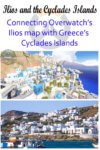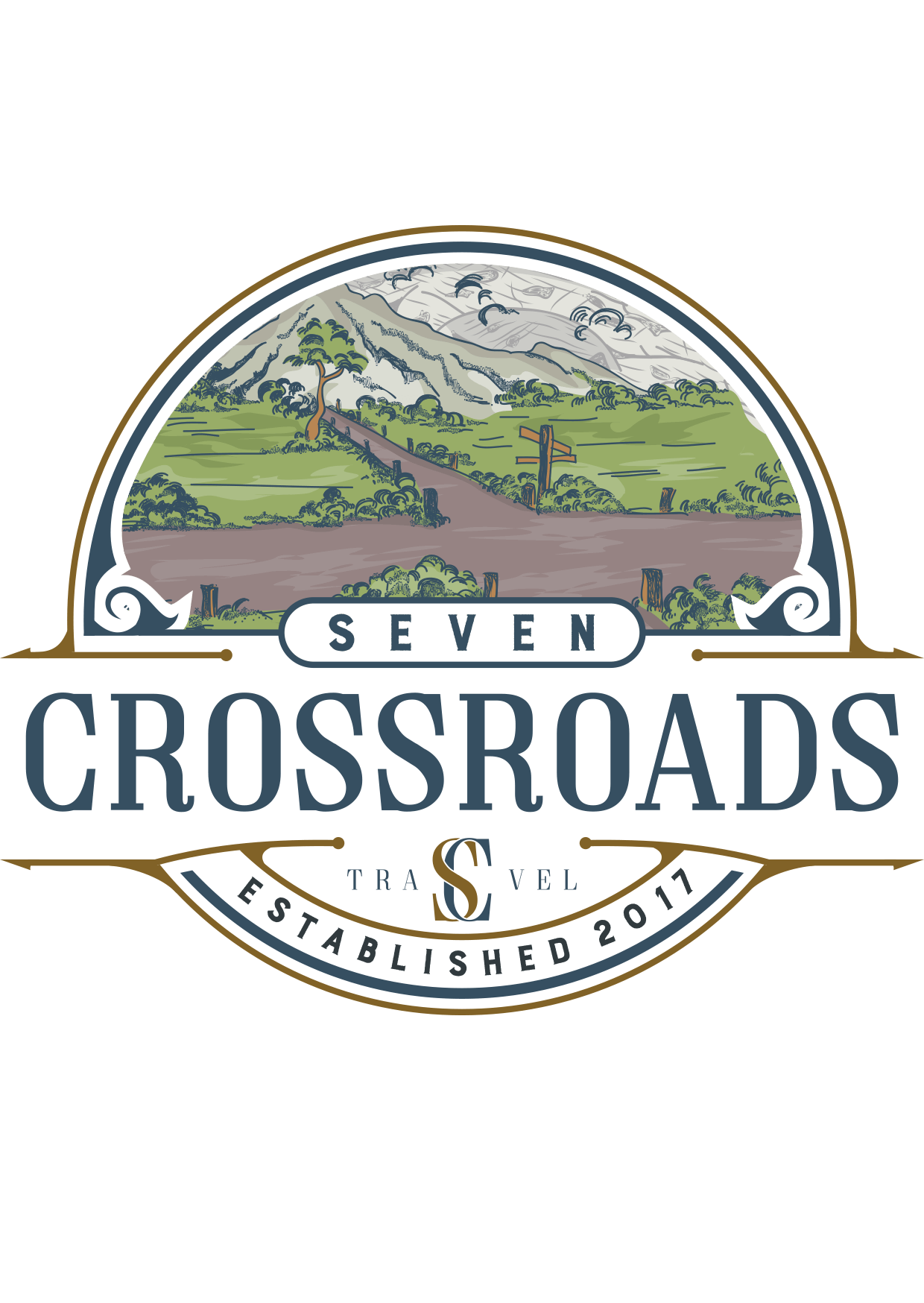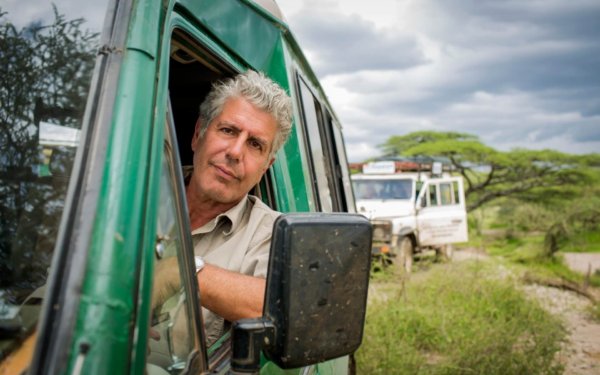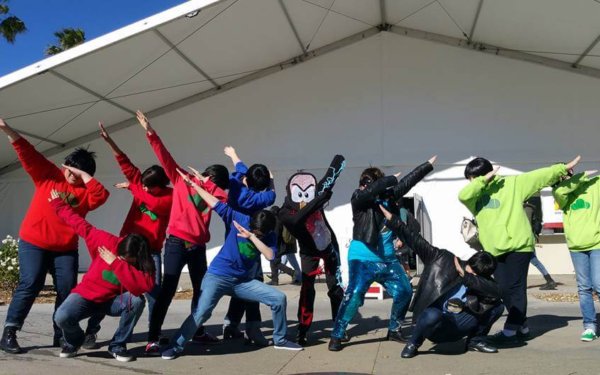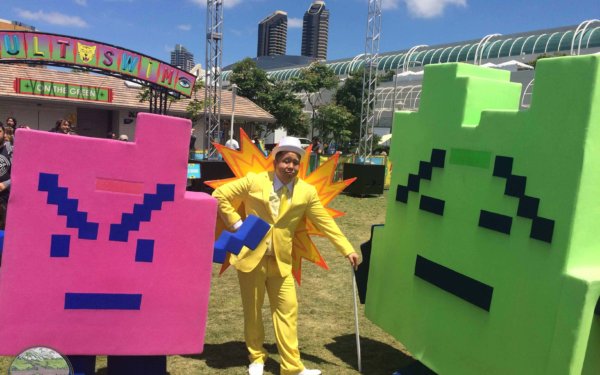Ilios and the Cyclades Islands
I loved gaming when I was growing up, it let me escape my mundane life into other worlds, be extraordinary characters, and stroke my curiosity about our reality. Things have obviously changed over the years (now that I’m in my frail 30’s) but I love the idea of being able to find these fantasy places in our non-digital world.
Blizzard entertainment derives a lot of it’s environments from cultures around the world; cultures that have a rich history worthy of appreciation and full of inspiration. My first experience with the world of Blizzard Entertainment was through their Warcraft game titles, But lately I’ve been playing a lot of Overwatch. We don’t need to get too deeply into the gameplay here (I’m assuming if you’re reading this, you’re familiar with it), but Overwatch is a first person shooter game that takes you across the globe. Each map is reminiscent of a culture and area of the world with a futuristic twist.

Overwatch’s ILIOS island
The map “Ilios” in Overwatch is a beautiful island town that sits on the Aegean sea. With its ancient ruins and white buildings, you can almost see the hordes of tourist coming in from Mediterranean cruise ships. When I first played this control point map, I was enamored by the homages to the Cycladic islands (so much so that I’m pretty sure I lost the match for my team). Once the 14 year old who yelled at me got over my amateurish play style, I decided to explore the map while actually playing the game. Try to keep an eye out for interesting things on Ilios in between heals or Genji deflects (I wish I knew Greek so I could read the signs).

Click on the motion pad on the top left corner of the Youtube video to get a 360 view!
The Colossus of Ilios
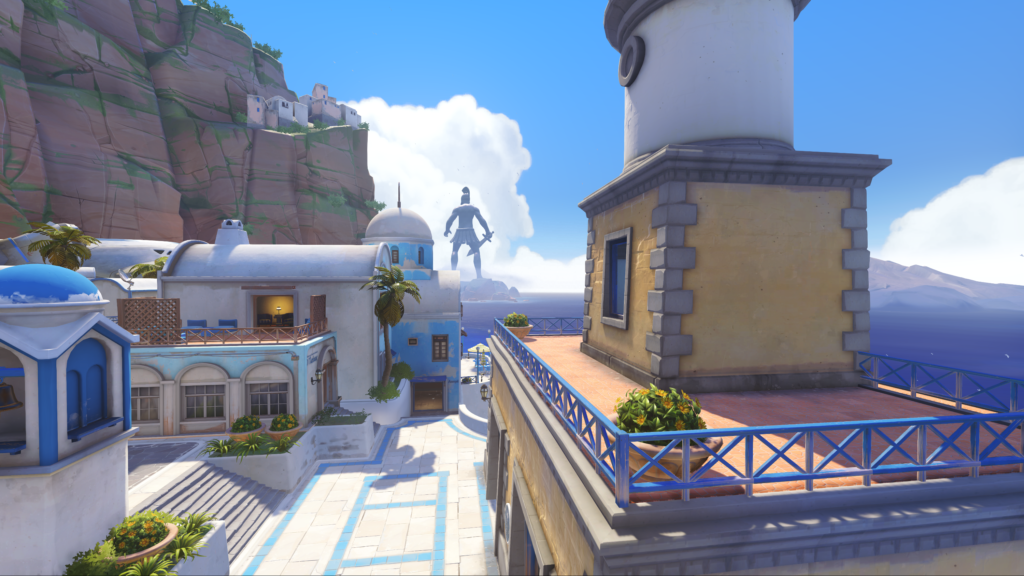
That giant statue in the distance is based on ancient Colossus of Rhodes. It was built to commemorate the defeat of the invading armies of Cyprus in 305 BC; the Rhodians used the melted down weapons of their enemies to build the 108 foot statue. The Colossus was a depiction of the Titan-god Helios (sounds like Ilios), who rides his sun chariot across the sky.
It stood for 54 years until an earthquake hit the island and the statue broke at the knees. Believing it to be a sign of displeasure from the sun god, the city never rebuilt it. The pieces stayed in the harbor until they were melted down and sold by the Arab forces under Caliph Muawiyah I.
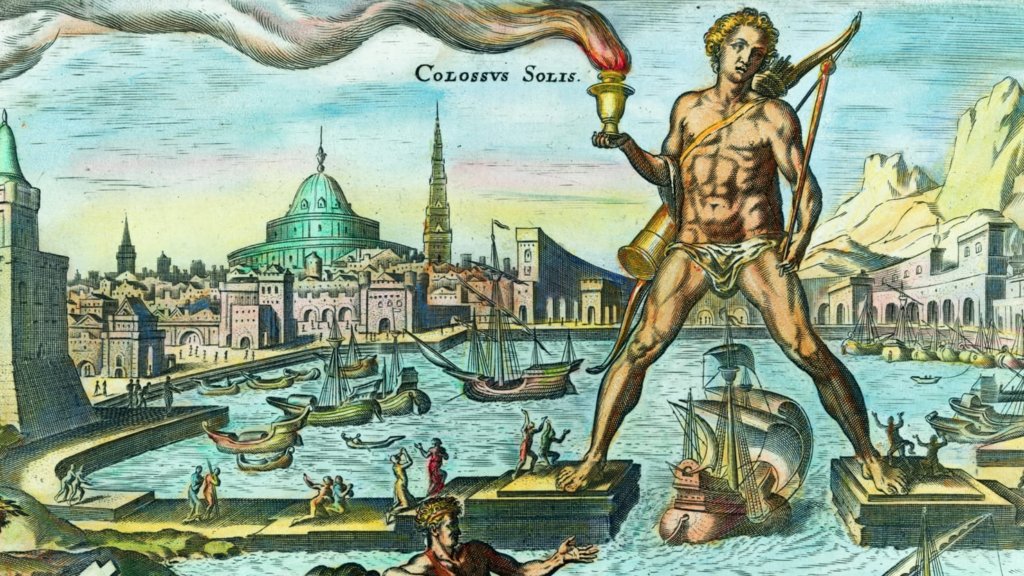
Feel like you’ve seen something similar to this in Game of Thrones? you’re right, it’s also the inspiration for the enigmatic Titan of Braavos.
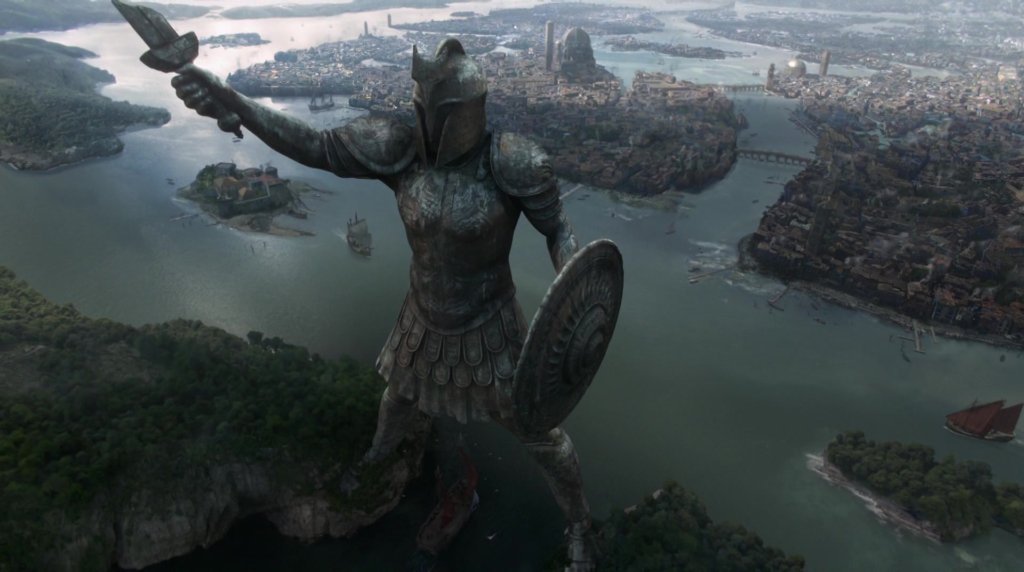
It’s been quite some time since I’ve gone to Rhodes; When I visited, I remember thinking about how it didn’t feel like the other Islands in the Aegean. Mostly because of the Palace of the Grand Master of the Knights of Rhodes. It was built during by the Byzantines and served as citadel for the Knights Hospitaller. You may not be able to see the ancient colossus anymore, but walking this citadel is a pretty great look into the island’s gothic past.
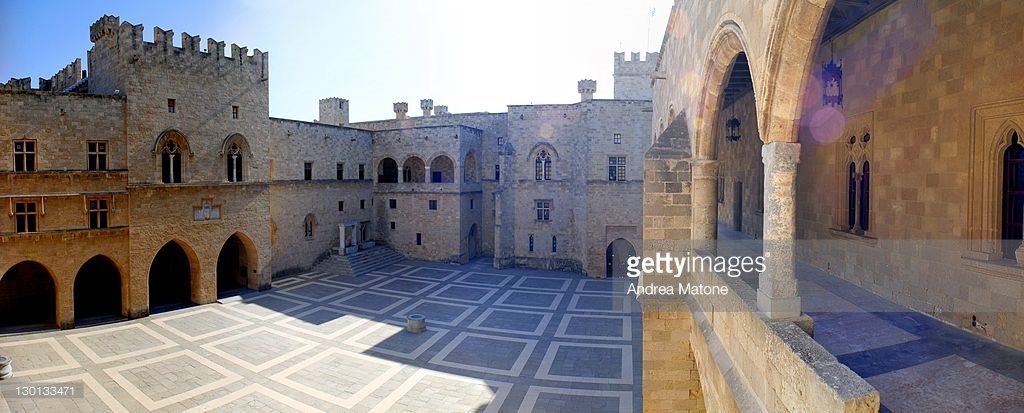
The Ruins of Ilios
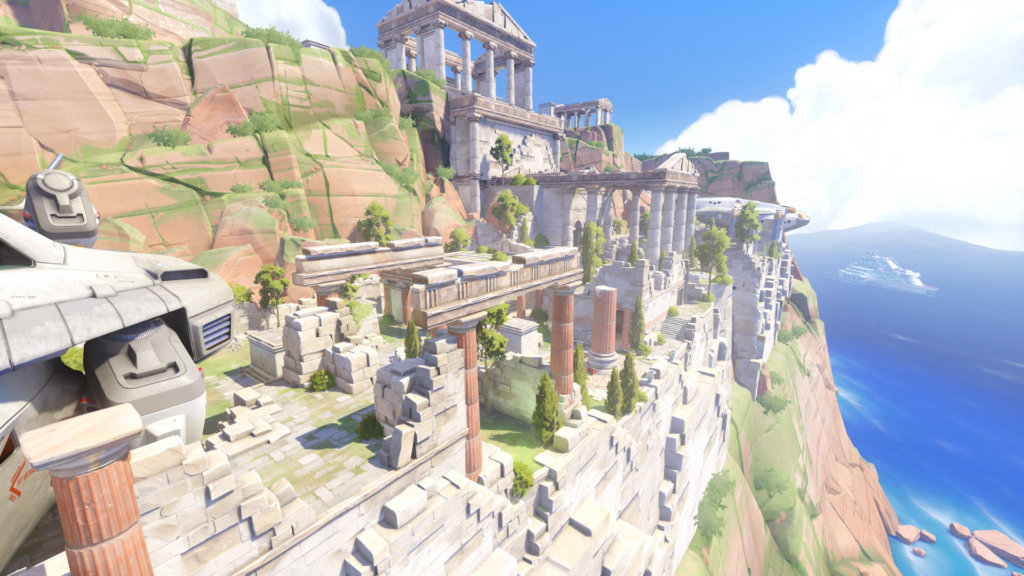
Just behind the colossus statue, you can play on the ruins of Ilios.
There are TONS of ruins in Greece that this map could be based on, you can take your pick which one to visit. When I saw it, the first thing that came to mind was the acropolis of Athens (it’s not in the Cyclades, but you should see it anyway). The Acropolis is a historic citadel that overlooks the city of Athens and contains some of the most historically important ancient buildings in Greece. The Parthenon is an ancient temple dedicated to the goddess Athena, the Patron god of the city.
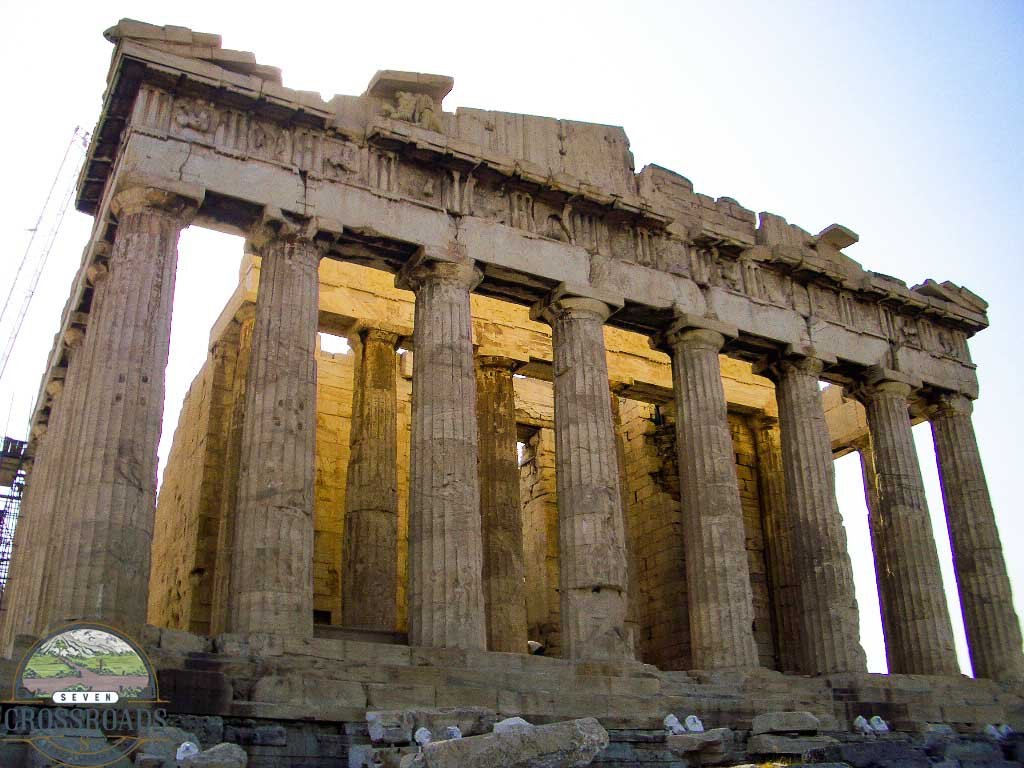
The naming of Athens
Athens was said to be founded by the Snake-man Cercrops (incidentally, “Snake-Man Cercrops” was my nickname in College). The land was so beautiful that it drew the attention of two gods on Olympus; Poseidon: god of the sea and Athena: goddess of wisdom. To settle the dispute as to who would be the patron of city, Zeus, the king of the gods (and staunch enemy of monogamy) declared that each god would present a gift to the city. Cercrops and the people of the city would choose who their patron god would be.
Poseidon took his trident and struck a large boulder, creating a gushing salt water spring. It did them little good, the water was salty and they couldn’t use it to feed their crops. Athena, planted a seed that immediately grew into an olive tree. The olive tree became a source of food, oil, and food for the city; so the people named the city Athens. You can also see a statue of Athena in the Ilios ruins. Also, Winston’s A.I. (the voice that you hear announcing the matches) is also named “Athena.”
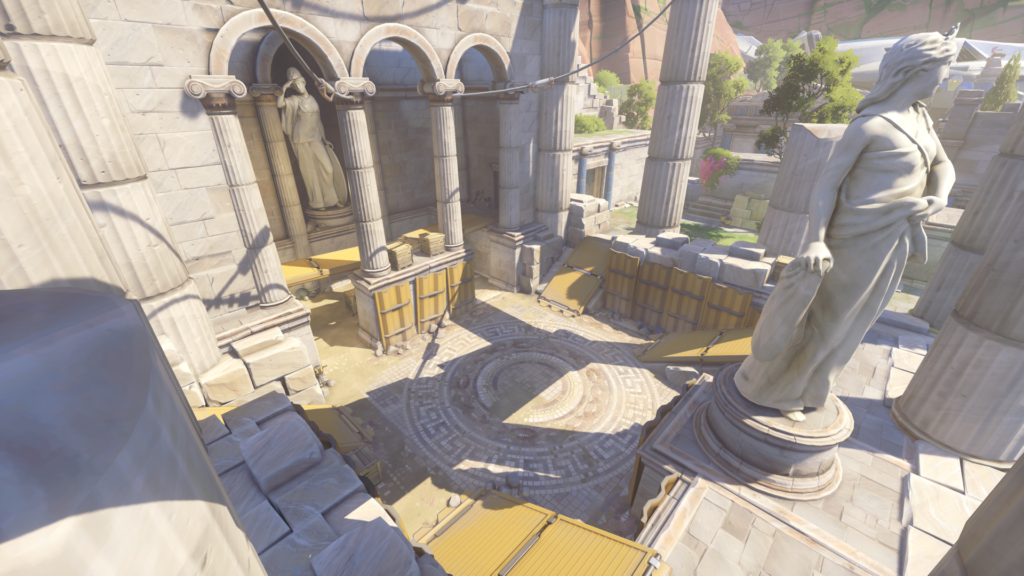
The buildings of Ilios
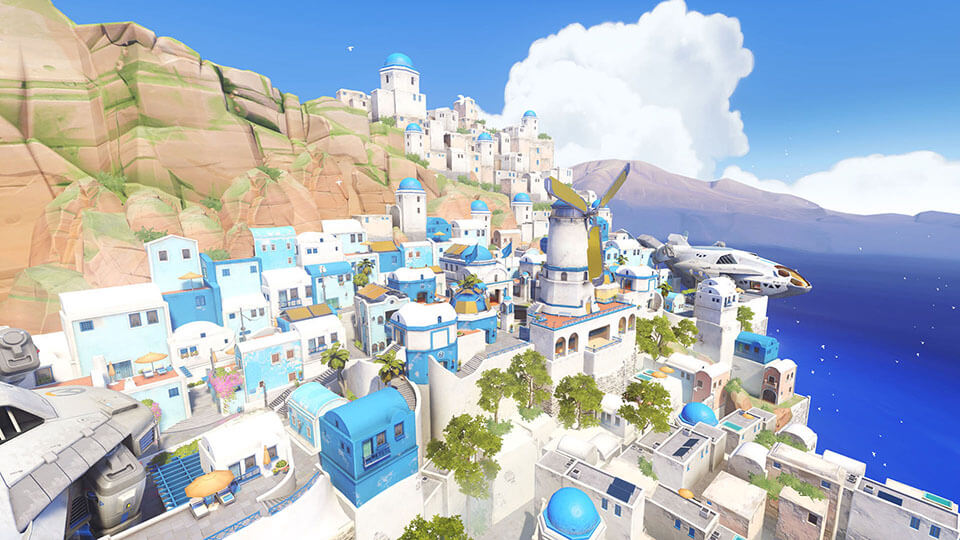
Both the Lighthouse and Well maps showcase buildings that are characteristic of the Cyclades Islands. It’s been said that Ilios was inspired by Santorini, but it’s not the only island where you can find these buildings; my favorite being the island of Mykonos. The architectural style of the Cyclades has myriad of uses, from defensive positioning to climate control. The white paint has been used for decades as a way to combat the hot Mediterranean sun and windows facing the north side were used to capture the breeze.


Windmills
If you ever end up on Mykonos, be sure to visit one of the many windmills on the island. They were built in the 16th century by the Venetians and used to mill barley and wheat. They are no longer in use, but it’s a beautiful sight to see when you are pulling into the harbor, if you don’t make it to Mykonos, don’t fret; These windmills can be found in almost all the Cyclades islands.
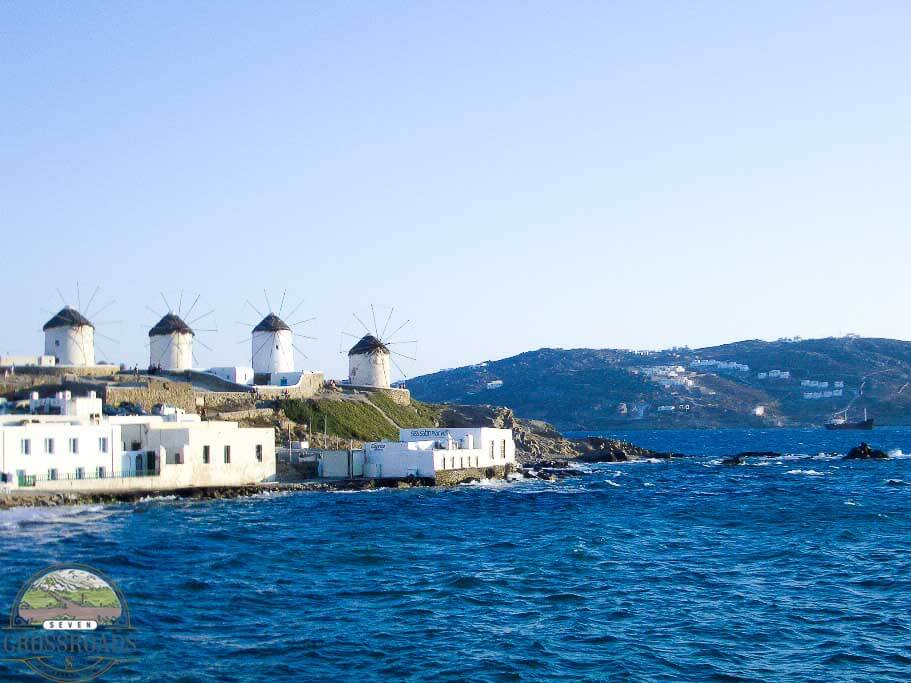
There is A LOT of history that you can find on these islands that I didn’t cover here. Obviously, you could look them up online, but I urge you to learn about them by visiting and experience Greek culture. It’s an area of the world of untold magic and historical significance. There is no substitute for the visual delight and labyrinthine walkways or the Aegean sea air carried on summer winds.
Enjoy some ouzo and the sunset my friend, hopefully Ilios will be more than just a digital destination for you.
